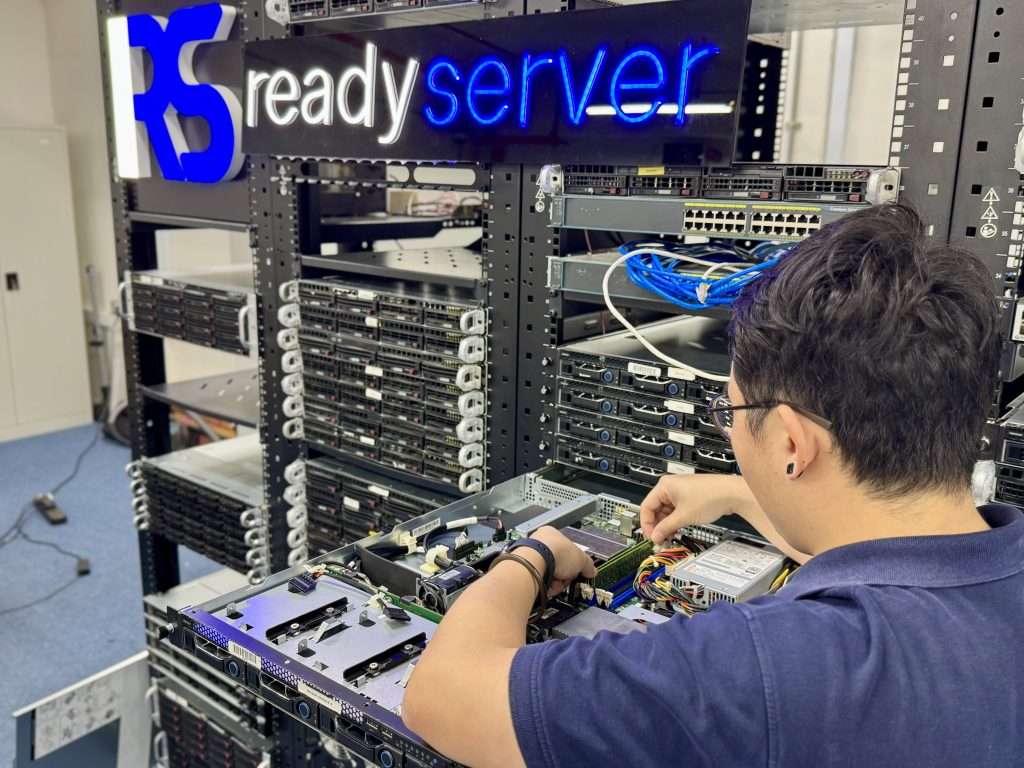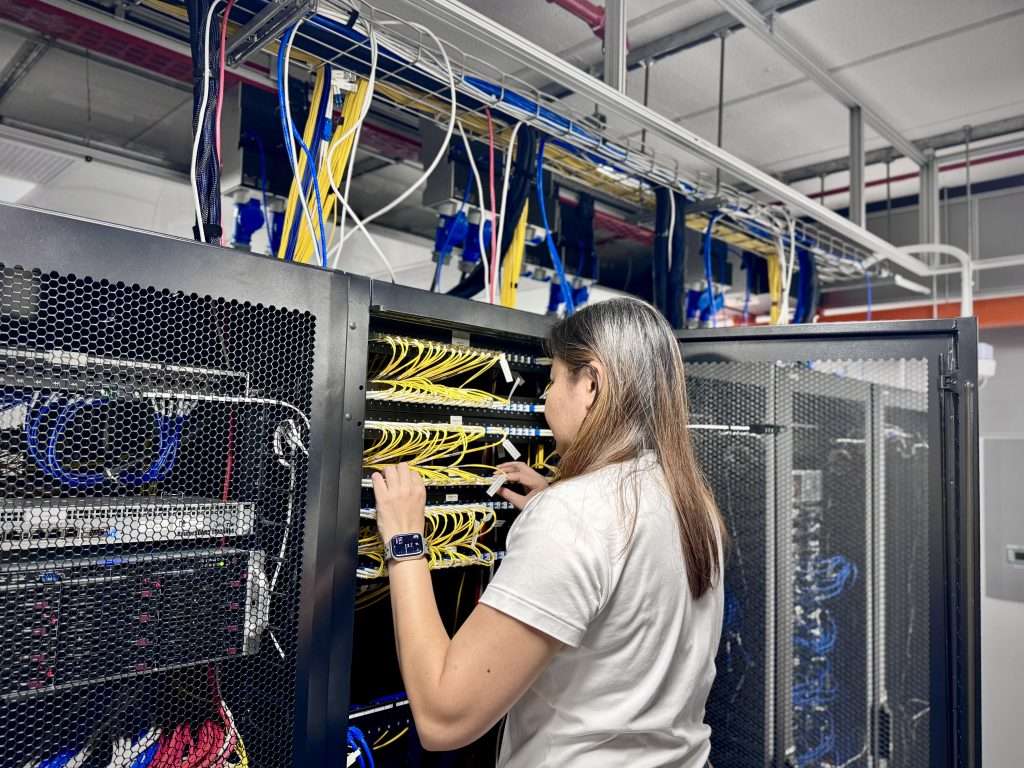Why Server Location Matters
Think of the internet as a series of motorways. Even if traffic flows smoothly, a car still needs time to travel from A to B. Likewise, your website needs time to send data from the server to a user’s device. That travel time—called latency—adds up with every request. Put your server closer to your audience and you naturally reduce the distance data has to travel, which speeds up the experience. Understanding how server location affect website speed is crucial for optimal performance.
Real-world expectations vs. physics
Users expect pages to feel instant. In reality, signals move at finite speeds through fibre and network equipment. A server on the other side of the world can add hundreds of milliseconds to each round-trip. Multiply that by dozens of requests and your site starts to feel sluggish.
The business cost of “just a little” delay
A small delay can impact conversions, bounce rates, and search performance. Faster sites keep people engaged. Speed isn’t just a technical nicety—it’s revenue protection.
Latency 101: The Distance–Delay Link
Round-Trip Time (RTT) and Time to First Byte (TTFB)
RTT is how long it takes for a request to go to the server and back. TTFB measures when users start receiving data after requesting a page. Long distances typically mean higher RTT and TTFB, especially before any caching kicks in.
Hop count and internet routing
Data rarely travels in a straight line. It passes through routers (“hops”) run by different networks. Congested or sub-optimal routes add delay. Hosting in a location with strong connectivity and good peering often beats simply choosing a place that looks close on a map.
Bandwidth vs latency—what’s the difference?
Bandwidth is the size of the pipe; latency is how quickly drops start flowing. A huge pipe is great for large downloads, but if the first drop takes ages to arrive, the experience still feels slow. Server location mainly affects latency.
How Server Location Influences Core Web Vitals
Largest Contentful Paint (LCP)
LCP improves when your server responds quickly and your largest visual element (image or block) loads fast. Nearby servers and optimised caching can shave precious milliseconds off LCP.
Interaction to Next Paint (INP)
INP reflects responsiveness after a user interacts. Distance affects how quickly your backend processes actions like adding to cart or logging in. If your API sits far away, every click waits.
Cumulative Layout Shift (CLS) (indirect effects)
CLS measures visual stability. While it’s mostly about layout and asset loading order, slow networks can delay key assets and cause last-second shifts. Faster delivery helps, even if indirectly.
CDNs: Be Everywhere at Once
How CDNs cache content near your users
A Content Delivery Network stores copies of your static assets—images, CSS, JavaScript—on servers around the world (Points of Presence). Users fetch from the nearest edge, dramatically reducing distance and improving speed.
When a CDN isn’t enough (dynamic content, auth, APIs)
Logged-in dashboards, search results, and personalised content can’t always be cached. If your origin server is far away, those dynamic requests still pay the long-haul penalty.
Edge caching vs full edge compute
Edge caching serves static assets from nearby locations. Edge compute runs logic at the edge (e.g., simple personalisation, A/B tests, redirects). Pushing more logic to the edge reduces trips back to a distant origin.
DNS, Anycast, and Where “Lookups” Happen
Authoritative DNS placement
Before your site even loads, browsers resolve your domain name. Authoritative DNS hosted on a slow or distant service can add tens of milliseconds per lookup. Choose providers with global nodes.
Anycast for faster, nearer answers
Anycast routes users to the nearest DNS or CDN node using the same IP announced from many locations. It’s a clever way to make “where” your services live feel local to everyone.
Peering, Transit, and Submarine Cables
Why two nearby countries can still feel far online
Network reality doesn’t always match geography. If networks don’t peer directly, traffic may detour through distant hubs, adding latency. Good colocation choices and premium network blends often deliver faster paths.
Tier-1 vs local ISPs and peering quality
Well-connected data centres with multiple carriers and internet exchanges tend to give smoother, shorter routes. When in doubt, ask hosts for looking glass tools or published latency maps.
Regional Hosting Choices: Practical Scenarios
Local audience (single country)
If 80–90% of your users are in one country, host there (or the nearest well-connected hub). Pair it with a CDN so visitors outside your core market still get decent speeds for static assets.
Regional audience (SEA/APAC)
For spread-out users across Southeast Asia and Asia-Pacific, a central hub with excellent peering (plus a strong CDN) usually performs well. As traffic grows, consider adding a second origin region for dynamic workloads.
Global audience
Global traffic benefits from a multi-region setup: keep read-heavy data and cached content at the edge, and place dynamic backends in multiple regions. Use smart routing to send users to the nearest healthy region.
Example: Singapore shop serving Malaysia & Indonesia
- Origin: Singapore.
- CDN: Strong SEA coverage.
- Extras: Image optimisation at the edge, local DNS with Anycast.
Result: Fast first paint across the region, with minimal cross-border delay.
Example: US SaaS with growing APAC users
- Phase 1: US origin + global CDN.
- Phase 2: Add an APAC region for APIs and auth.
- Phase 3: Replicate databases with read replicas; route APAC users locally.
Result: Big drops in TTFB and interaction latency for APAC customers.
Regulatory and SEO Considerations
Data residency and compliance
Some sectors require data to stay within national borders. Where you host (and where your backups live) may be a compliance issue. Multi-region doesn’t just help speed—it can help you meet residency rules.
Geo-signals and local SEO
Search engines aim to serve relevant results. A local IP and fast load times for local users can support better engagement metrics, which indirectly help SEO. Don’t forget hreflang for multi-market sites.
How to Measure the Impact
Test from multiple cities
Use monitoring that pings your site from different regions. The goal is to see TTFB and total load times for your real audience, not just from your office.
Metrics to watch (TTFB, LCP, INP)
- TTFB: Server distance and backend speed.
- LCP: Size and delivery of the hero image or largest block.
- INP: Snappiness after clicks, especially API-driven interactions.
A/B test hosting regions
Clone your stack in two regions and route a slice of traffic to each. Compare user-centric metrics before you commit to a move.
Practical Setups That Work
Single region + CDN (most sites)
Keep the origin near your main audience and let the CDN handle everyone else. Add image compression, HTTP/2 or HTTP/3, and preconnect hints for a tangible boost.
Multi-region active-active (high scale)
Run multiple origins with global load balancing. Requires careful session handling, cache invalidation, and database replication—but it’s the gold standard for worldwide speed and resilience.
Split static vs dynamic workloads
Serve static assets fully at the edge; keep dynamic APIs in a few strategic regions. This hybrid approach captures most of the speed gains with less complexity.
Migration Tips Without Downtime
Blue-green or canary cut-overs
Bring up the new region (green) alongside the old (blue), send a small percentage of traffic, and watch metrics. Roll forward when happy.
DNS TTL strategy
Lower TTLs 24–48 hours before the move so changes propagate quickly. After cut-over, raise TTLs again to reduce unnecessary lookups.
Cache warm-up and preload
Prime your CDN and edge caches with your top pages and media before switching traffic. That way, users hit warm caches from the first minute.
Quick Checklist: Picking the Right Location
Users, data, budget
- Where are your users today—and tomorrow?
- Do you have compliance or residency needs?
- What can you realistically maintain?
Network quality over map distance
- Prefer data centres with great peering and multiple carriers.
- Validate with RTT tests from your key markets.
- Confirm your CDN has strong coverage where it matters.
Conclusion
Server location absolutely affects website speed—not just in theory, but in day-to-day user experience and business results. Distance drives latency; latency drives perceived speed. The right mix of near-to-user origins, a capable CDN, smart DNS, and solid network peering can transform how fast your site feels. Start by mapping where your users are, measure TTFB and Core Web Vitals from those locations, and choose hosting regions that bring your content—and your customers—closer together. Fast pages win attention; nearby servers help you get there.





